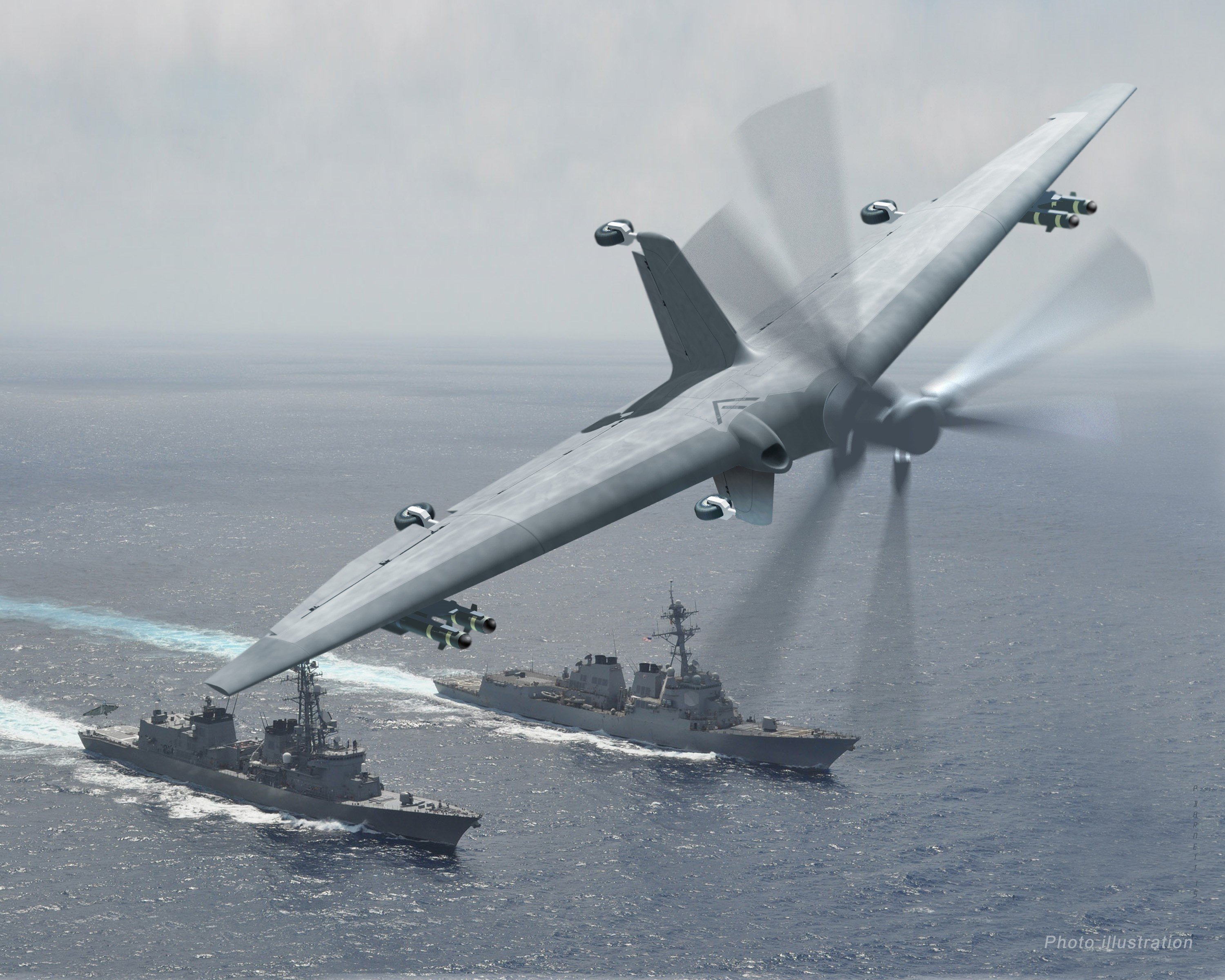
Marines Won’t Need a Carrier for High-End Fight With MUX Unmanned System
FREDERICKSBURG, Va. – The Marine Corps and Navy are preparing for a high-end fight that will require ships to be distributed…
Copyright 2024 U.S. Naval Institute. All Rights Reserved.